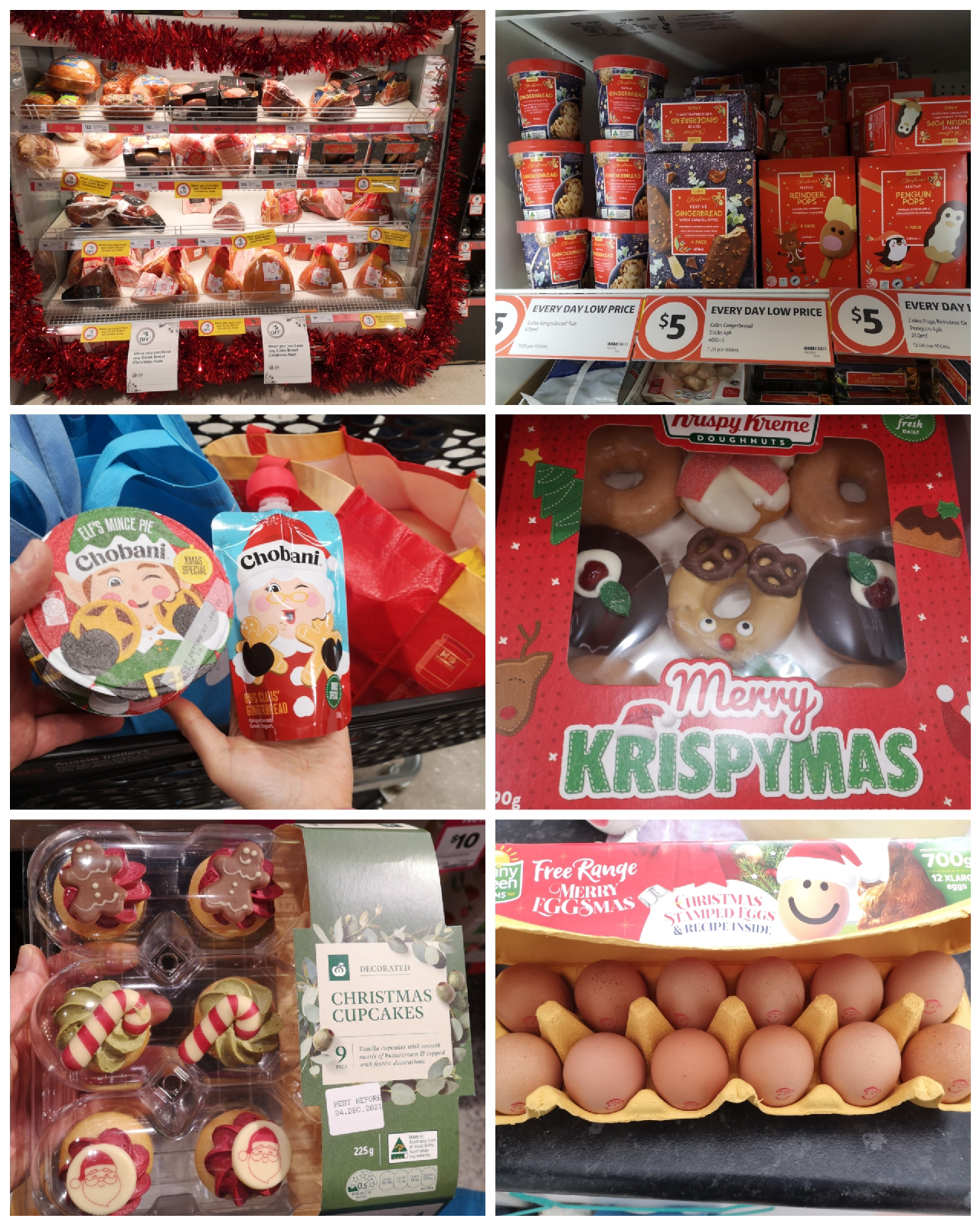The lead-up to Christmas in Australia is a rather quiet affair.
習慣了香港聖誕的五光十色的聖誕(今年聖誕前還新增一場「五光十色」的選舉),澳洲的聖誕真的平淡得多。For a start, Christmas music is in short supply in public places as most places still stick to selections of pop songs from 10 to 30 years ago. Perhaps not having a separate playlist makes shop owners' lives easier!
這個時候香港到處播聖誕(和某鏡團12人及個別隊員)歌,也許大家已聽得耳熟能詳甚至生厭,要是聽厭了,建議你馬上來澳洲,保證馬上耳根清靜,因為商店就算播音樂,大多會播近10至30年的英文流行曲,聽不懂或沒興趣的大可當作耳邊風。
Christmas decorations are also on the simple side or even lacking - even in shopping centres in the middle of town like Melbourne Central. Perhaps the protracted lockdown has reduced revenues so much that there is really no money or mood to be festive.
澳洲的聖誕裝飾,絕對沒有香港或歐洲那種琳琅滿目,甚至連市中心的黃金地段也會欠奉,例如墨爾本市中心的Melbourne Central商場今年一丁點裝飾都沒有,也許是因為今年封城大久影響收入所以沒錢也沒心思搞氣氛吧!
A rare elaborate Christmas display in a shopping centre 少數較有亮點的高商場佈置
There are still some spots in Melbourne's city centre where the Christmas feels alive. The windows of the Myer department store are decorated in a chosen Christmas theme every year, and this year it's the turn of Peter Rabbit. Visiting the windows on the evening of 6th December was a rather relaxing affair as there wasn't much of a crowd.
想在墨爾本看像樣點的聖誕裝飾感受一下氣氛,不離要觀賞Myer百貨公司的櫥窗和聯邦廣場(Federation Square)。Myer櫥窗每年都會挑選一個經典故事作主題,今年是Peter Rabbit,12月6日星期一晚人群不算多,不用排什麼隊也可輕鬆欣賞。
Another spot is the Federation Square. This year the Christmas tree is flanked by several bell-shaped Christmas swings. Those swings may not be particularly remarkable, but with kids playing and parents taking photo shots the whole place was infused with a palpable atmosphere of joy. I was wondering why there were so many families taking kids there on a Monday night when the school summer holidays were yet to begin, but was also glad to see families enjoying the occasion and the installation.
聯邦廣場每年必豎一棵高高的聖誕樹,今年再別出心裁在樹旁擺設了幾個聖誕鐘形狀的鞦韆,那幾個鐘,驟眼看沒啥特色,但當晚有不少小朋友輪候,全靠他們遊玩帶來的歡偷,帶動全場的氣氛,就好像我聽過的「最美麗的風景就是人」。澳洲學校沒那麼早放暑假,我也驚訝為何會那麼多一家大小入夜仍外出逛街。
On the other hand, weekly shopping has been offering pleasant Christmas surprises for longer than the Christmas installations in the city. Apart from the different decorations at each supermarket, the variety of Christmas goods is also eye-catching, ranging from the traditional Christmas roasts to Christmas-themed ice creams, yoghurts, cup cakes and doughnuts. Even eggs get a make-over with Christmas packaging and the face of Santa Claus printed.
要感受聖誕氣氛,超市倒是不錯的地方。每家超市都有自己的佈置,有簡單的,也有較多心思的。臨近聖誕也有很多應節食品推出,除了傳統的火腿、各款烤肉和餅乾餡餅,今年新推出的有聖誕口味的冰淇淋和乳酪(酸奶),特別是冰條的卡通造型應該會吸引到小朋友,另有些平常都買到的紙杯蛋糕和甜甜圈,則加了聖誕主題變身,但最簡單又討好的,要算是換上聖誕包裝又於每隻表面印了聖誕老人面孔的雞蛋。
Christmas has the added meaning of gathering with family and friends in Australia, and naturally home takes the centre stage. My wife and I have put on some simple decorations on the windows and lights on one of the trees in the front garden. The flashing of lights in different patterns at night gives us a sense of joy and achievement - and makes us realise that the best place to appreciate Christmas is definitely at home!
聖誕節在澳洲的另一層意義,是與家庭和朋友團聚之時,既然家是一個重點,總得花些心思佈置一下,今年我們買了掛樹的燈飾和貼窗的聖誕貼紙,自己炮製氣氛,待入夜後抱着閒情欣賞,還會得意地想,自家的裝飾,一點不比外面遜色!











Comments